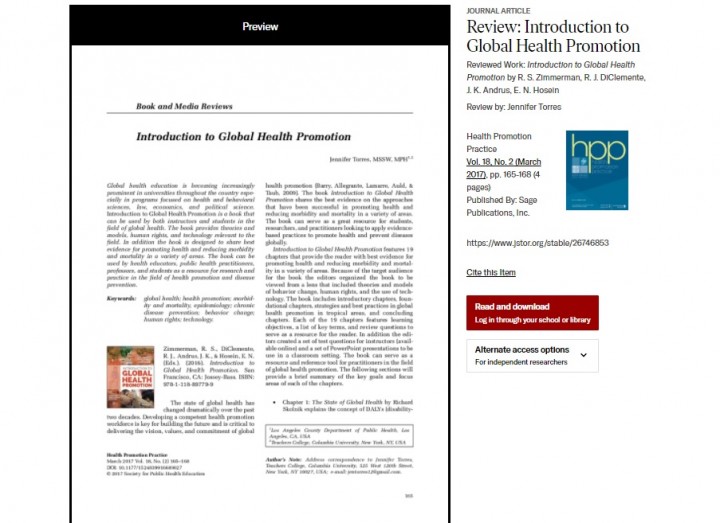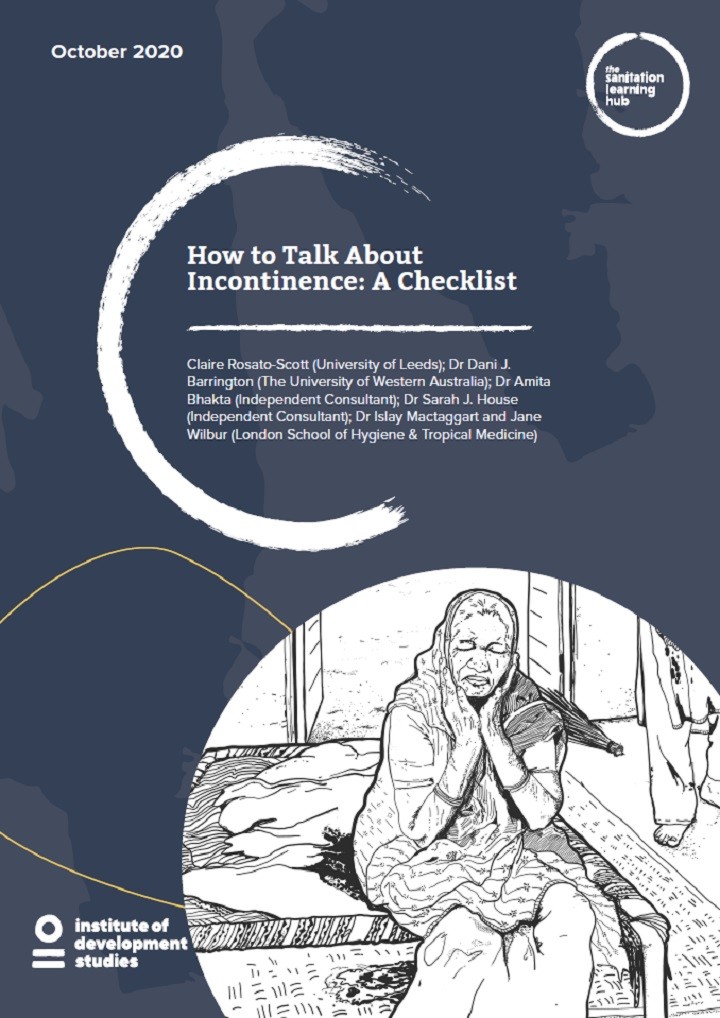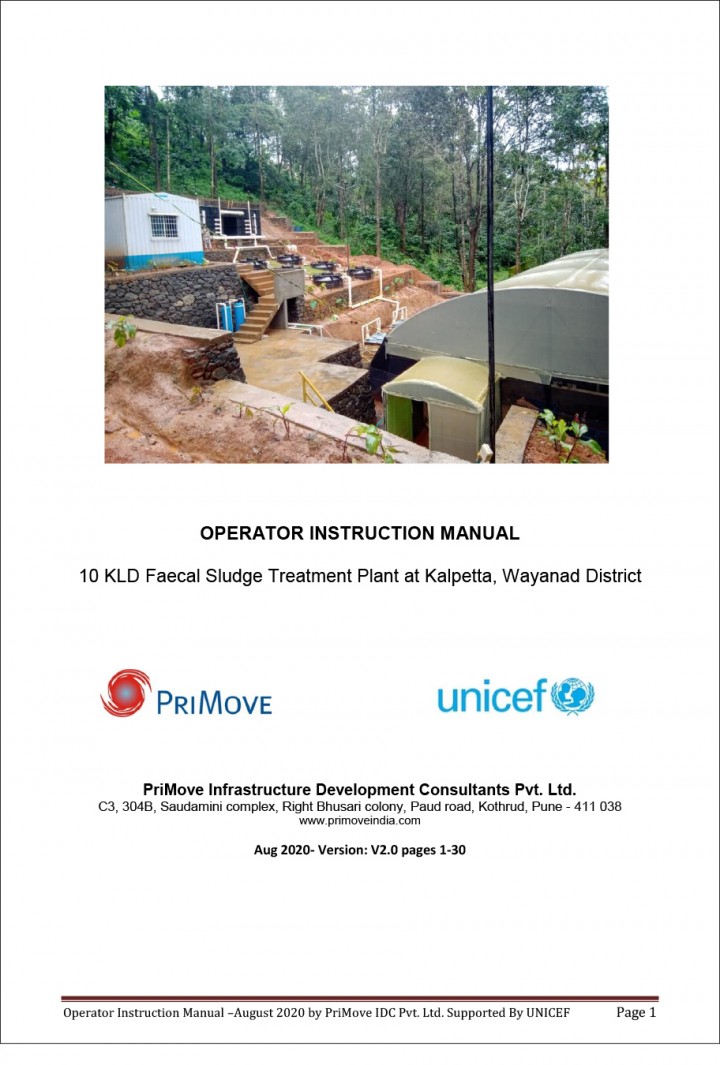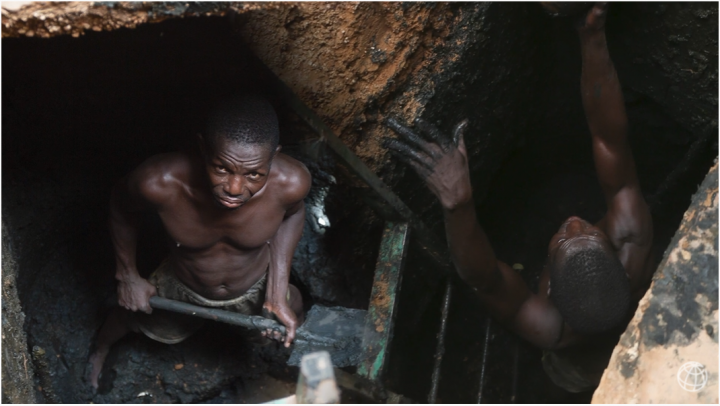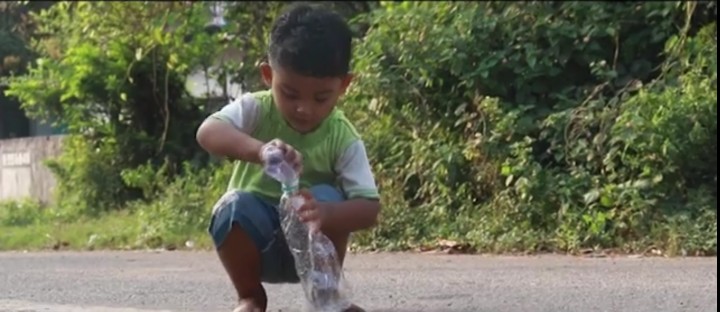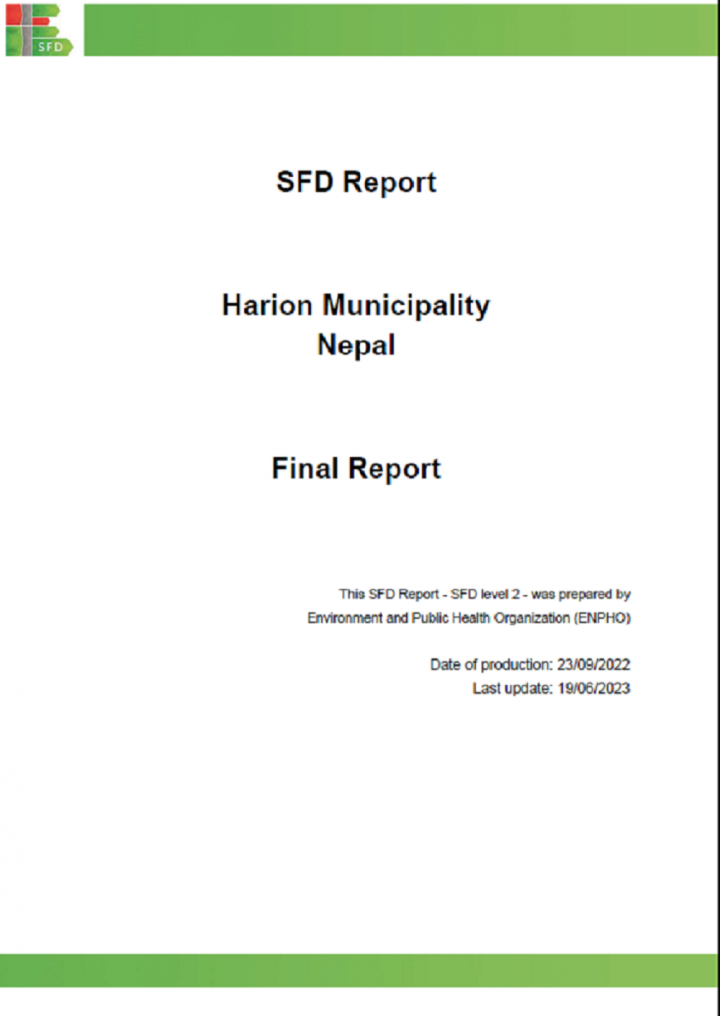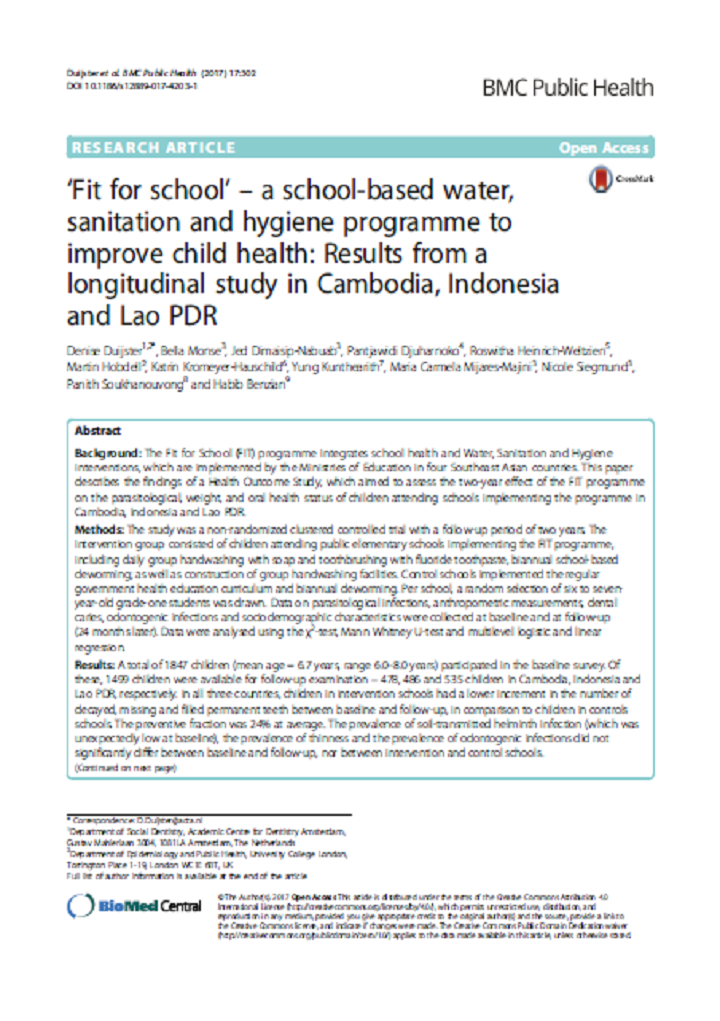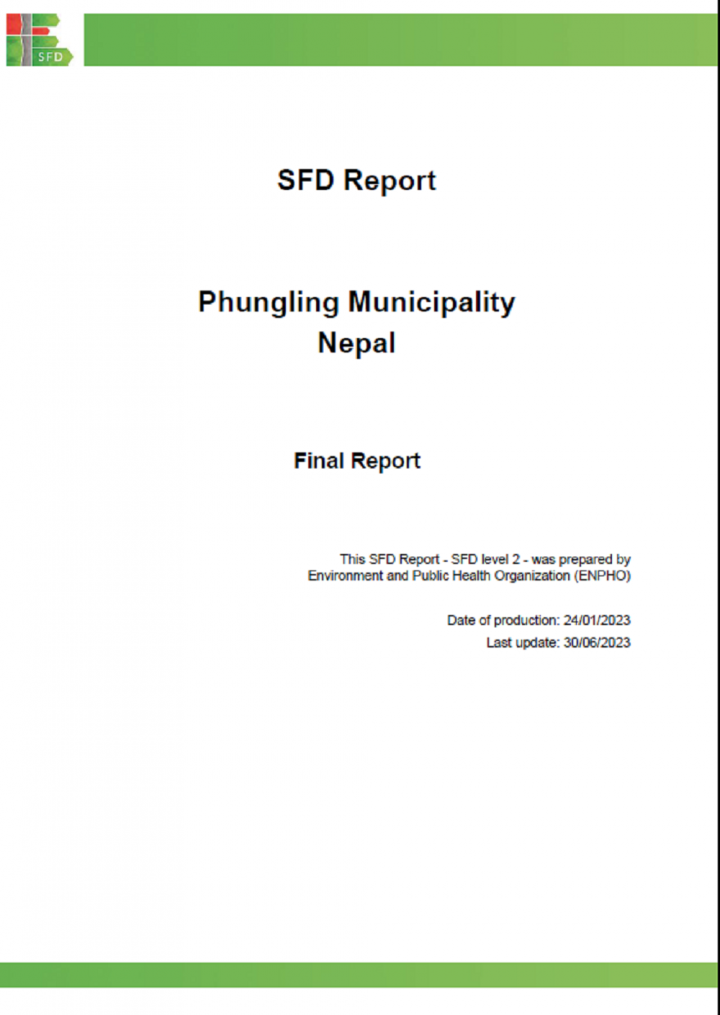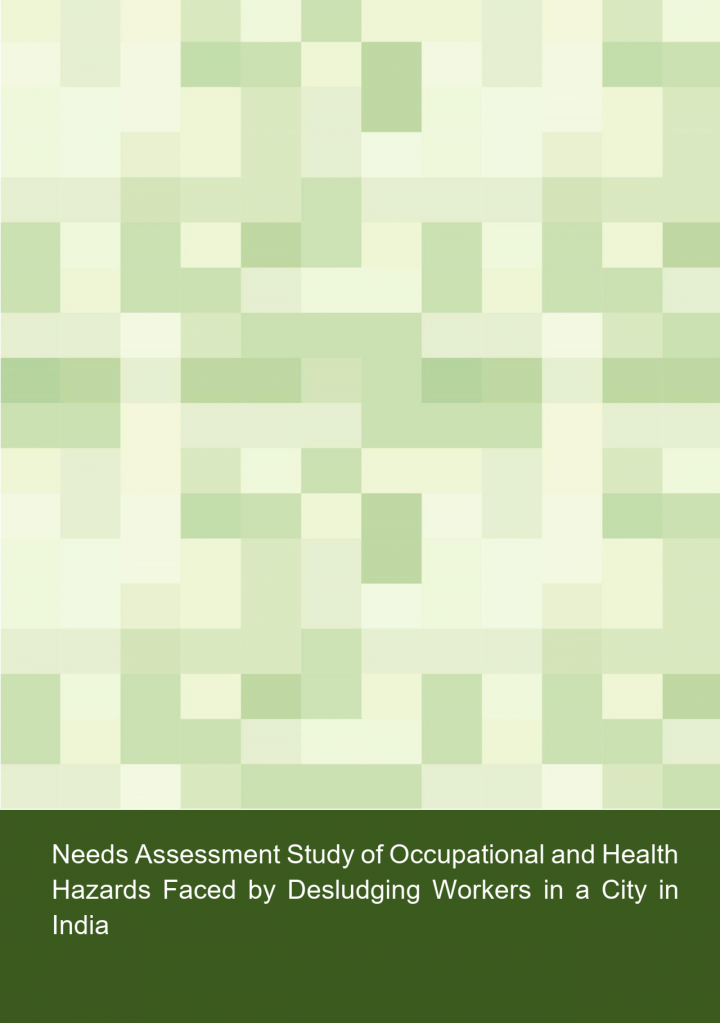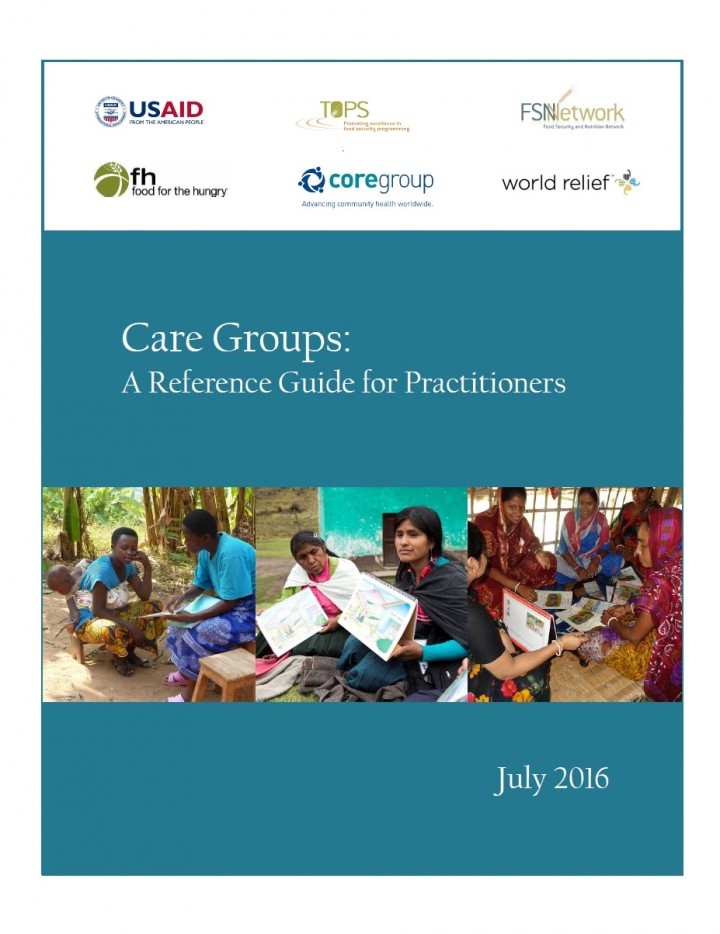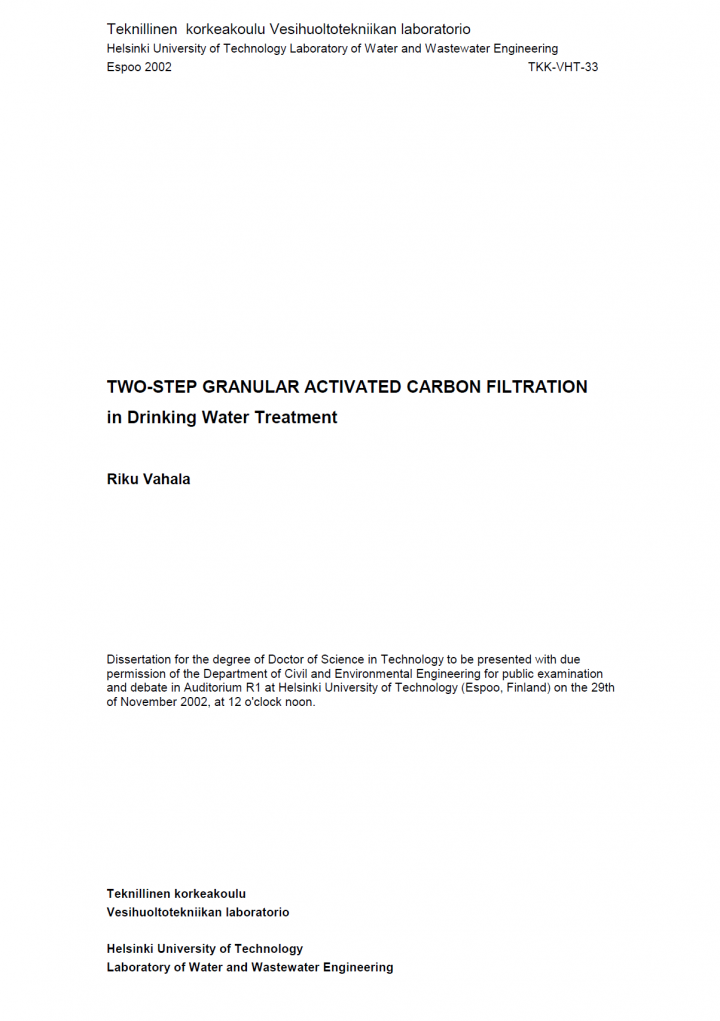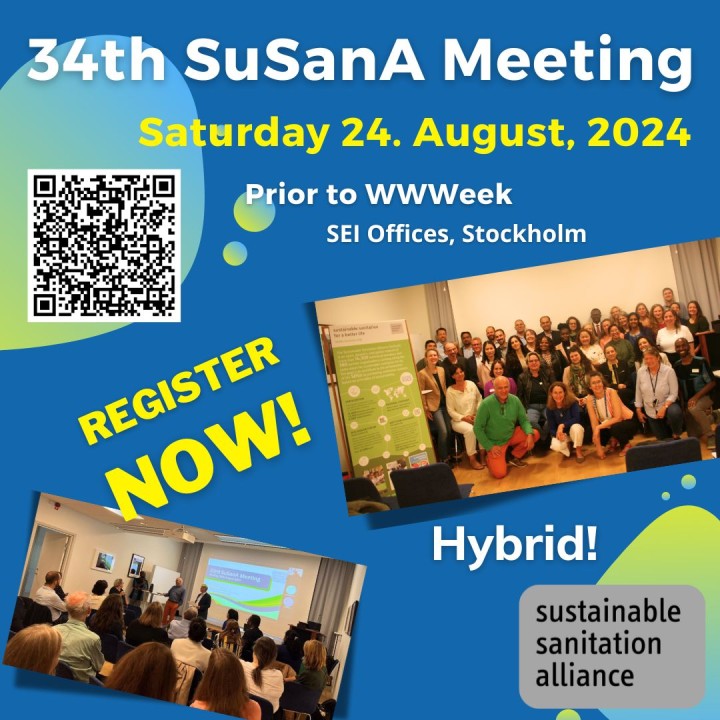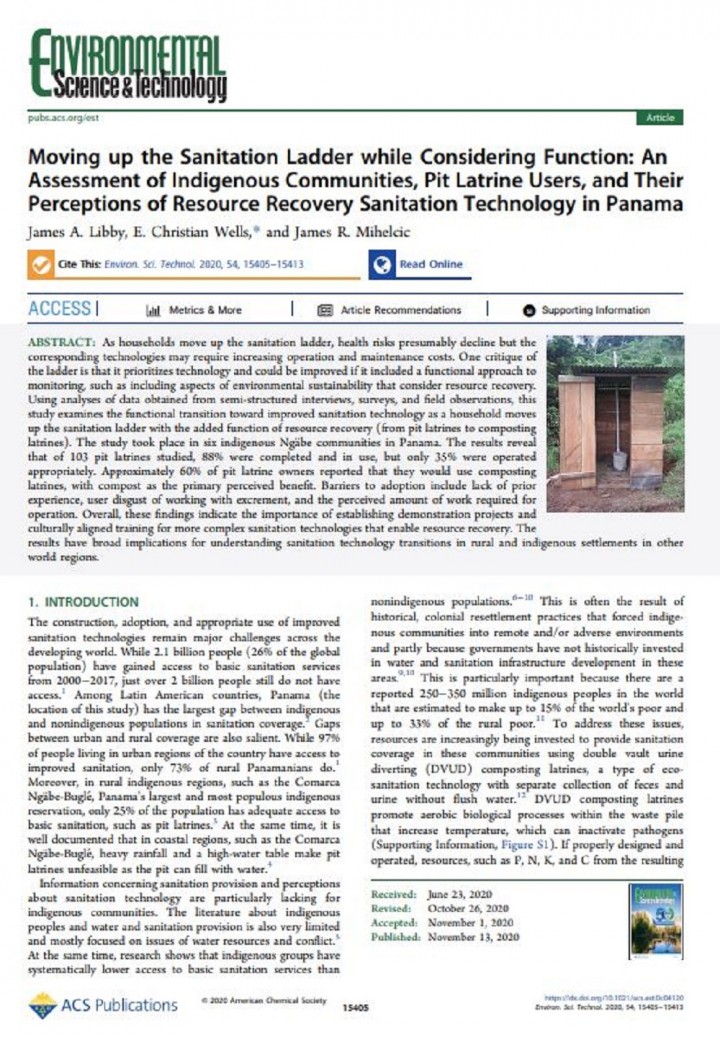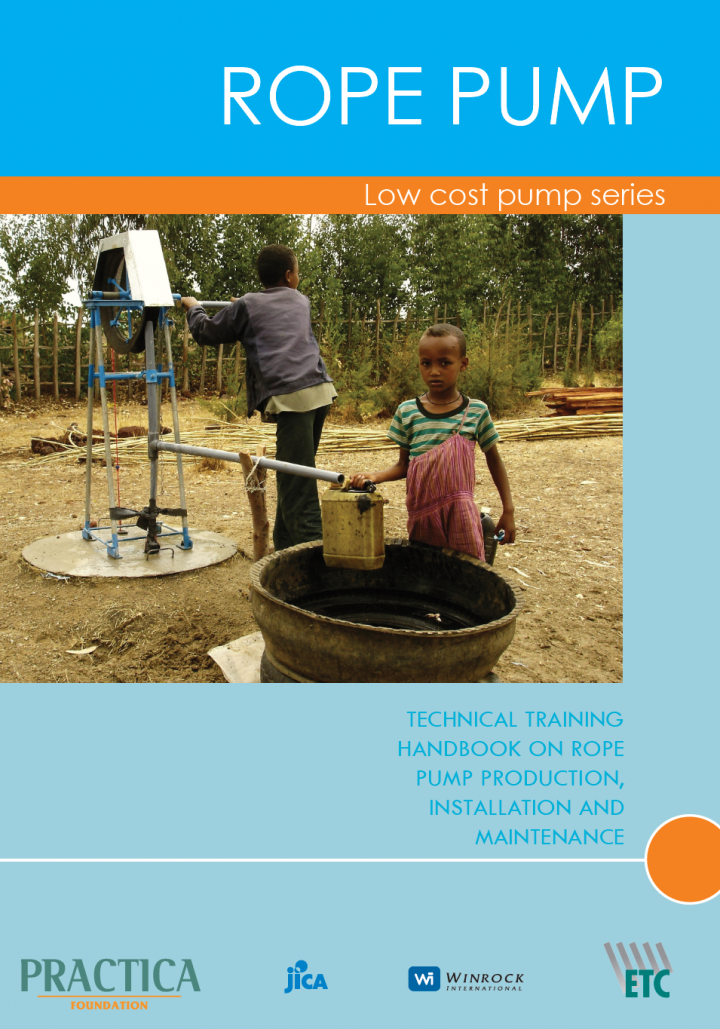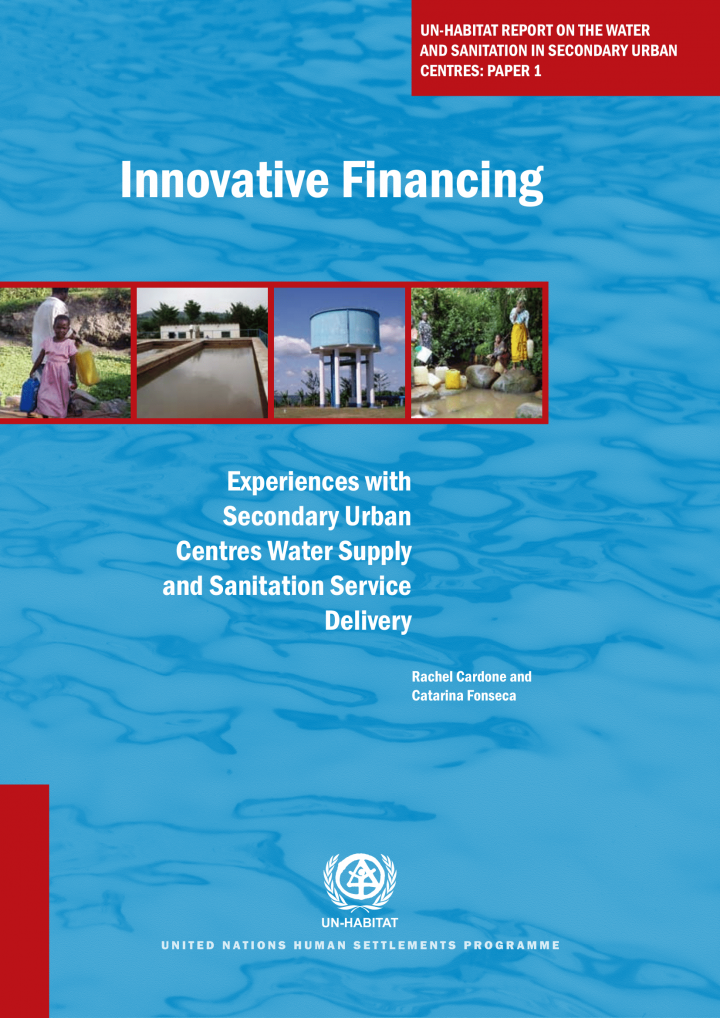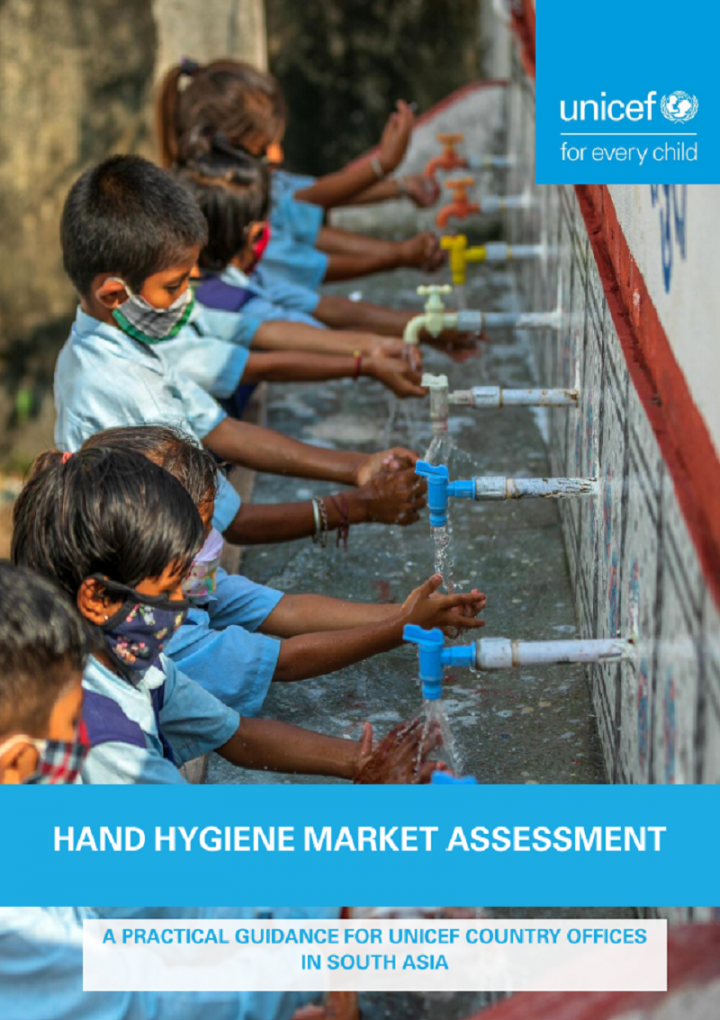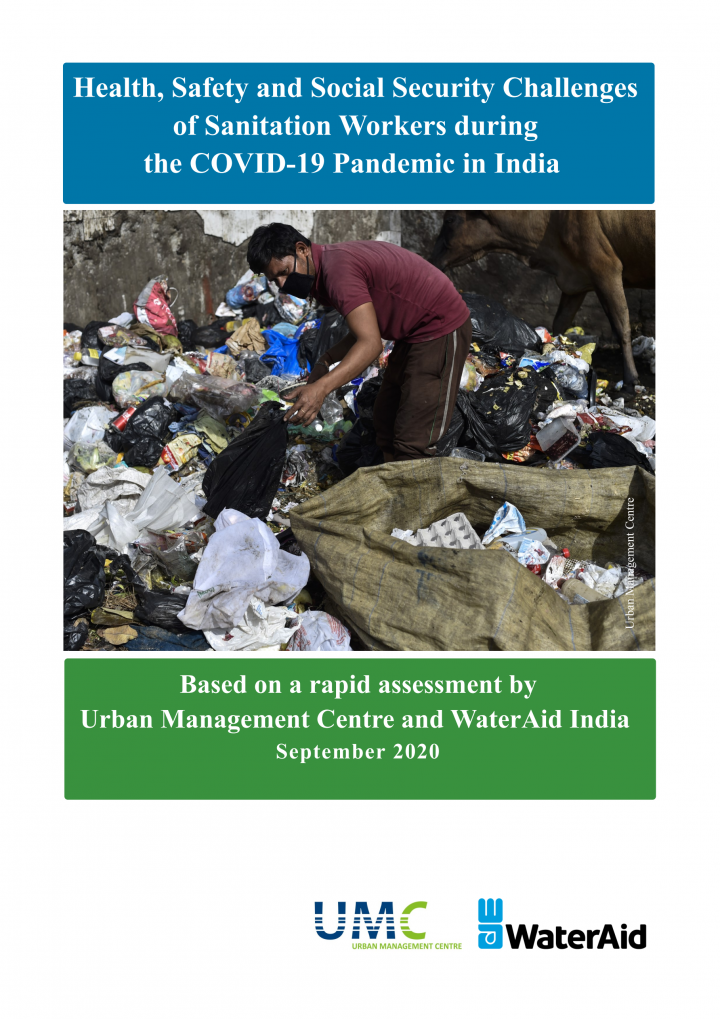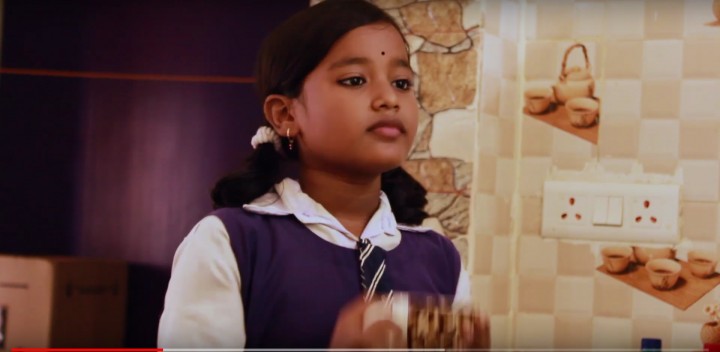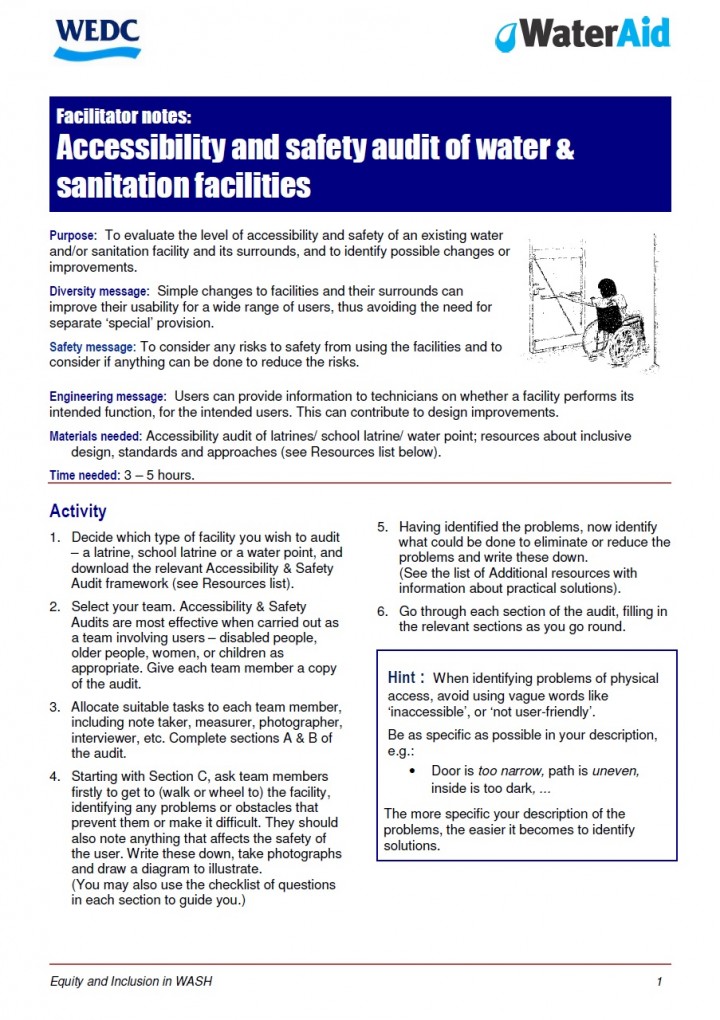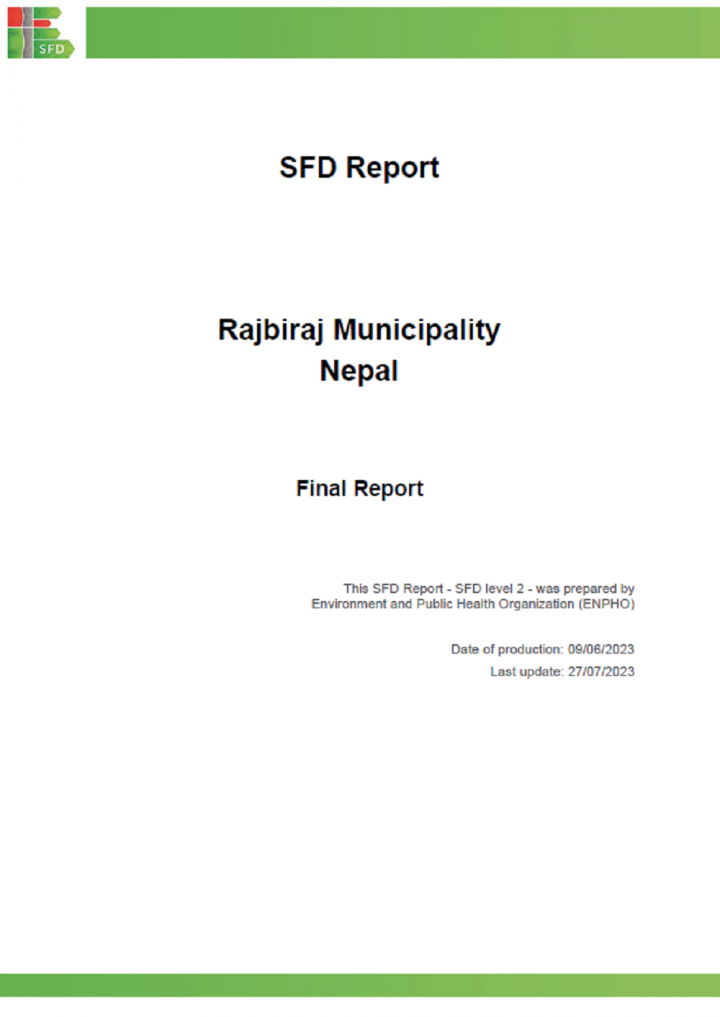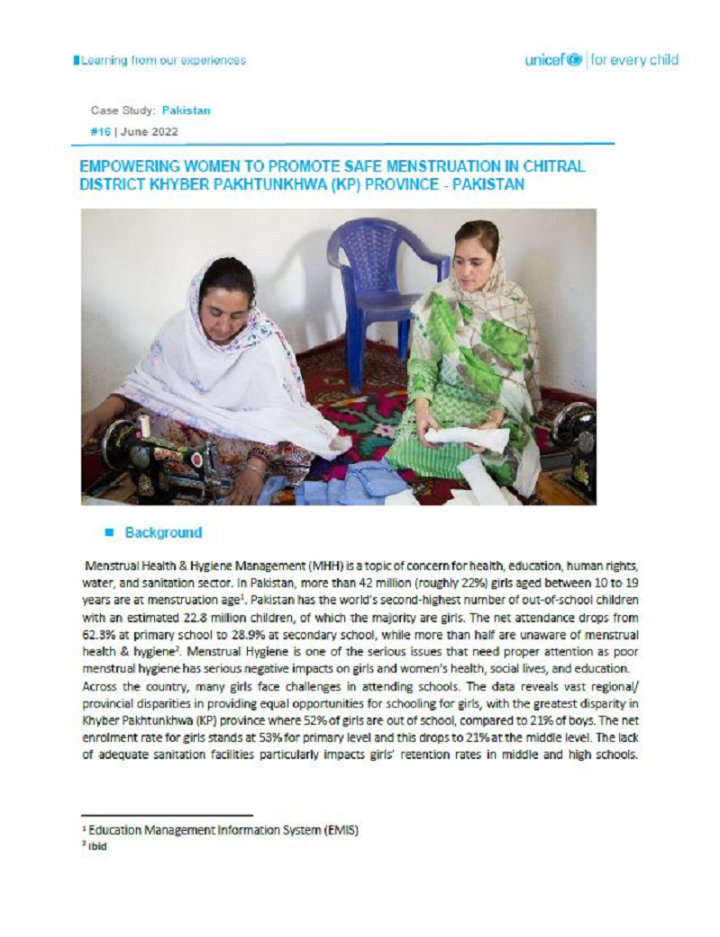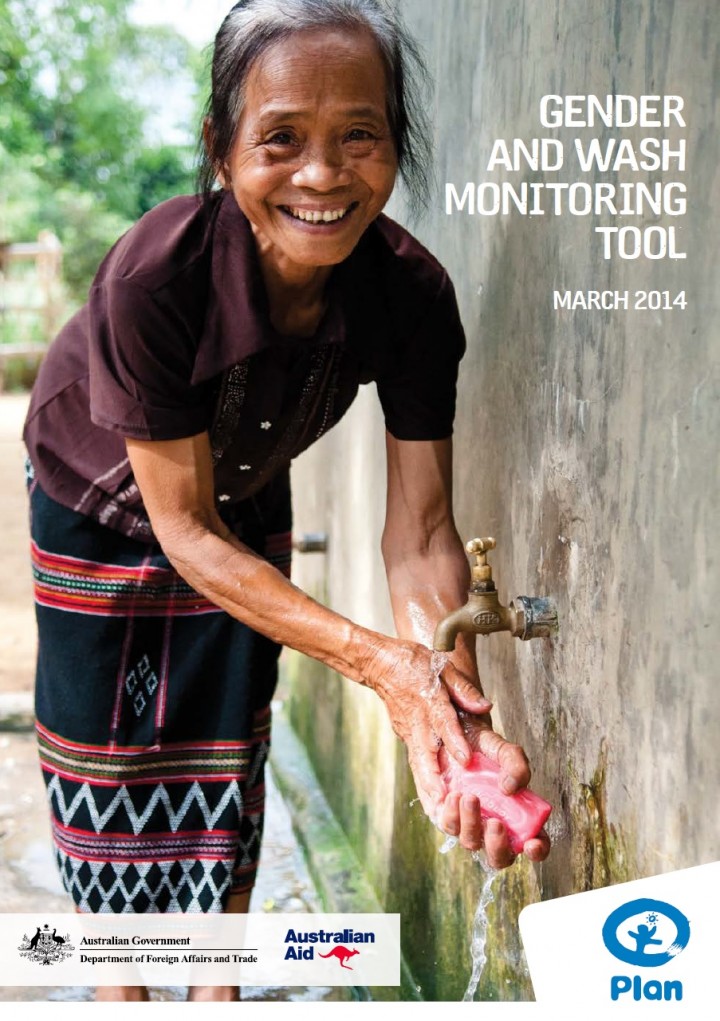Searching for information on Sanitation Workers?
The Sanitation Workers Knowledge + Learning Hub is the best source for all current news, trends, articles and updates on sanitation workers rights around the world.
This resource provides you with a framework for making your work more inclusive and includes tools you can use to put the theory into practice. There are so many tools available it can be hard to know which ones to choose and when to use them. This resource brings together tried and tested resources that will help you embed equality, non-discrimination and inclusion in your work.
Introduction to Global Health Promotion addresses a breadth and depth of public health topics that students and emerging professionals in the field must understand as the world's burden of disease changes with non-communicable diseases on the rise in low- and middle-income countries as their middle class populations grow. Now more than ever, we need to provide health advocacy and intervention to …
"This operator instruction manual is the reference document for the operation and maintenance of the equipment and processes that comprise the tiger bio filter (TBF) based
faecal sludge treatment plant (FSTP) at Wayanad, Kerala. This manual will enable the plant operator and helper to run the plant smoothly and assist during site operations and maintenance work."
Sanitation workers provide a fundamental public service. Yet they often face extreme health hazards and safety risks on the job. In many developing countries, they are informal workers with no legal protections or rights. With a lack of visibility in society, they can be stigmatized, marginalized and ignored.
Here are the stories of five sanitation workers in their own words.
Harion Municipality is one of the new municipalities declared by the government of Nepal on May 18, 2014, which is formed by joining four contemporary Village Development Committees (VDCs) namely Atrouli, Sasapur, Ghukauli and Harion VDCs. It is located in Sarlahi District, Madhesh Province. The Municipality has a total of 11 political wards. It covers 88.1 square kilometres of area. The …
The Fit for School (FIT) programme integrates school health and Water, Sanitation and Hygiene interventions, which are implemented by the Ministries of Education in four Southeast Asian countries. This paper describes the findings of a Health Outcome Study, which aimed to assess the two-year effect of the FIT programme on the parasitological, weight, and oral health status of children attending …
Phungling Municipality is in the Taplejung District of Koshi Province of Nepal and is the only municipality of this district. The total area of the municipality is 125.57 square kilometres which is divided in 11 wards (Phungling, 2023).
The total population of the municipality is 28,786, with male and female population percentage of 49.2% and 50.8%, respectively. In Phungling Municipality, 7,306 …
Safe collection, handling and transport of fecal sludge is an integral part of septage management. Limited attention has been paid to the safe collection, transport, disposal and treatment of human excreta from septic tanks. Motorised emptying and transport involves a truck with a standalone or mounted vacuum pump along with a storage tank that is used to empty and transport septage. Typically, …
In the treatment of Finnish surface waters, the main objective is to reduce natural organic matter (NOM) before the water is disinfected. In many treatment plants, granular activated carbon (GAC) filtration is applied for the enhanced removal of NOM after conventional treatment. The aim of this study was to assess the performance of two-step GAC filtration in NOM removal from cold humic lake …
SuSanA is gearing up for its annual meeting and we want you to be part of it! The agenda for the meeting will be shaped by you – the SuSanA community. The three key topics for this year decided by the Advisory Board will be: Climate & Sanitation, Resource Recovery, and South-South Dialogue.
If you want to contribute to one of the key areas with an input, please fill in this form and reach …
As households move up the sanitation ladder, health risks presumably decline but the corresponding technologies may require increasing operation and maintenance costs. One critique of the ladder is that it prioritizes technology and could be improved if it included a functional approach to monitoring, such as including aspects of environmental sustainability that consider resource recovery. Using …
Module 1 creates awareness on the technology and applicability of the rope pump as a family water
pump and provides a road-map for implementation. It is meant for NGO’s, governments and implementing organisations considering the implementation of a rope pump production and installation project.
Module 2 describes the installation and maintenance procedures of the rope pump. This module is …
Secondary urban centres vary widely, both in terms of economic base and water service delivery models. Moreover, what constitutes a Secondary urban centres in one part of the world may be deemed to be something else somewhere else. For example, what might be regarded as Secondary urban centres in India and China might be considered to be small cities in Africa. This paper specifically deals with …
This document aims to be a guide, and a starting point for hand hygiene market assessments for ROSA Country Offices. The information here is based on previous UNICEF market assessments, market mapping toolkits, technical briefs, and field note learnings listed in the footnotes and the reference section.
While sanitation workers already face several health and safety risks, financial challenges and stigma due to the nature of their work and caste-based discrimination, the COVID-19 pandemic has further added to their challenges and vulnerabilities. The Urban Management Centre and WaterAid India jointly conducted a rapid assessment to understand the health, safety and social security challenges …
The film shows the inequities in access to clean drinking water. It shows a mother washing vegetables in clean drinking water, rather than using tap water. Her daughter notices this and points out that lack of clean drinking water leads to many child deaths, while here she was wasting clean water. The film ends with the mother realizing the message.
Purpose: To evaluate the level of accessibility and safety of an existing water and/or sanitation facility and its surrounds, and to identify possible changes or improvements.
Diversity message: Simple changes to facilities and their surrounds can improve their usability for a wide range of users, thus avoiding the need for separate ‘special’ provision.
Safety message: To consider any risks …
Rajbiraj Municipality lies in Saptari District of Madhesh Province, Nepal. It is divided into sixteen wards and covers an area of 55.64 sq. km. It is restructured by merging with Village Development Committees (VDCs) namely (Maleth, Dighwa, Farseth, Bishharia, Deuri Bharuwa) and some wards of VDCs (Haripur-6, Madhyepura 4-7, Boriya 3-7). It lies at 26.5419° N latitude, 86.7567 °E longitude and …
Menstrual Health & Hygiene Management (MHH) is a topic of concern for health, education, human rights, water, and sanitation sector. In Pakistan, more than 42 million (roughly 22%) girls aged between 10 to 19 years are at menstruation age1. Pakistan has the world’s second-highest number of out-of-school children with an estimated 22.8 million children, of which the majority are girls. The net …
Plan International Australia (Plan Australia) would like to share the Gender and WASH Monitoring Tool (GWMT). Promoting gender equality demands significant attention in every WASH intervention as gender relations are integral to the effectiveness and sustainability of WASH. The literature suggests that measuring change in the context of gender relations presents ongoing challenges for monitoring …


